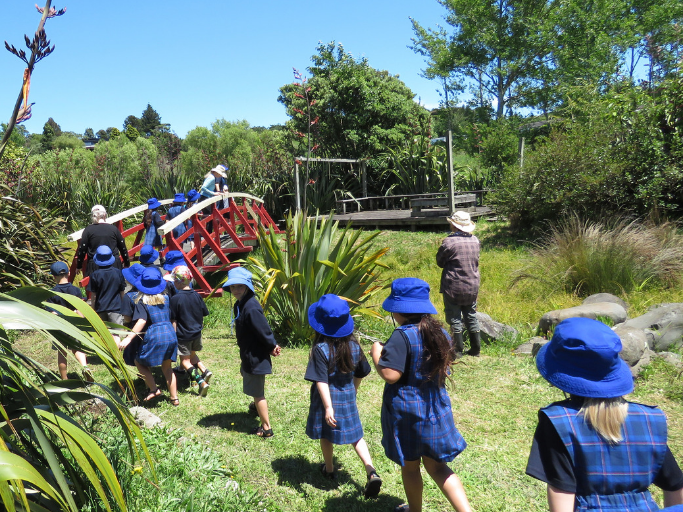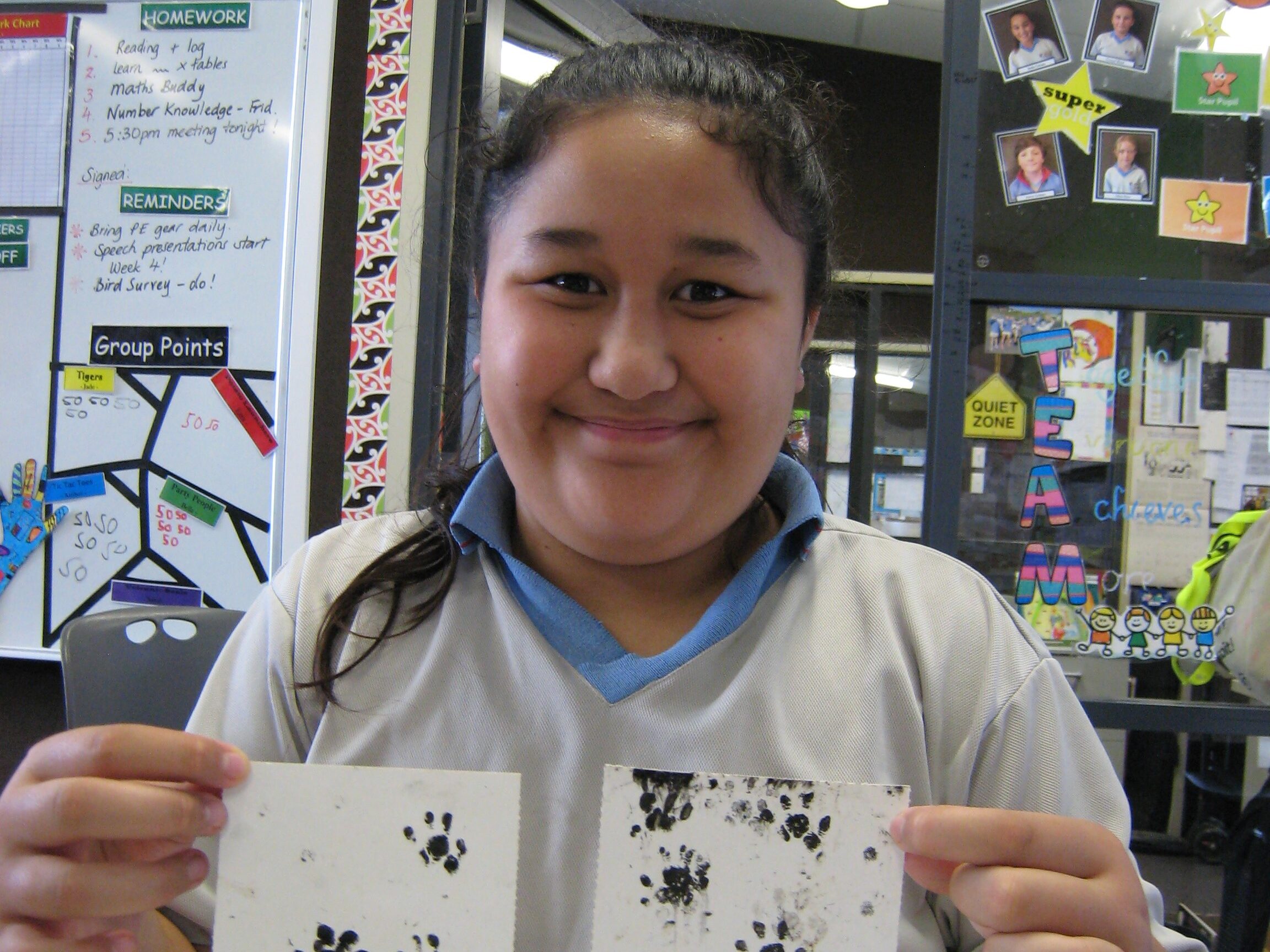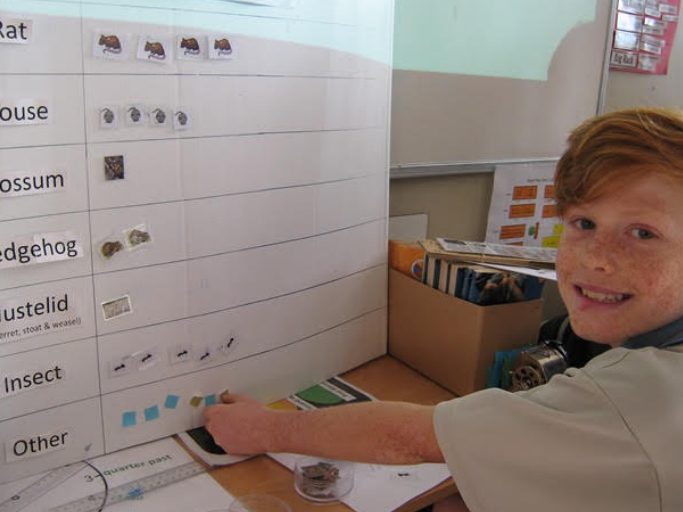ON THIS PAGE
Introduction
Before getting started, it’s important to understand New Zealand’s unique ecological context, the reasons we need to make Aotearoa predator free and the crucial role children play in this vision.
Make sure children and anyone who is teaching this content know about our predator free fundamentals outlined in the Get Involved section.
A couple of things to consider:
- Teach respect of all animals — we encourage schools and their students to be respectful of all animals, including the introduced predators you are removing.
- Allow kids to opt-in — it’s important to recognise that some children may not want to be involved in some aspects of predator control eg trapping. Give them the option.

1. IDENTIFY your goal
The first step in any introduced predator control program should be defining a goal or purpose.
Try making a clear statement of what you want your classroom to achieve; do they want to see more native birds nesting in your trees on the school grounds? Get rid of the rat from the school compost bin? Save the fruit trees in the school garden from the possums? Or encourage lizards to live in your grounds? Each goal will be unique to the area you and your children are trapping in.
Once you know what you and your class want to achieve, then consider which introduced predators you need to control so you can choose the best method for that predator.
How will you know if you have been successful in your efforts? It may be that the number of target predator species have decreased since you started your control, there’s lots more fruit on your fruit trees, there’s more native wildlife present and/or more native plant growth.
2. IDENTIFY what lives at your school

It may seem like a silly statement but it’s important to know what’s currently living around your school so you can measure the change over time.
You should aim to find out what species you want to protect and which ones you want to remove.
Below are some useful resources to help you do this:
- An Inquiry unit | Outdoor activity | Levels: 1-4: Use this resource to investigate introduced predators in your school grounds or another local green space.
- Discover what’s in your playground resources for ways to get kids involved – it includes the use of chewcards, tracking tunnels and Garden Bird Surveys, Great Kereru Count etc.
3. TRAP – use traps/devices that are humane
You will need different traps depending on what introduced predators you have identified on your school grounds. All the traps we recommend have passed NZ humane standards.
Give your students the opportunity to opt-in to a trapping group and lead the trapping plan. The places where predators chewed the chew cards are the best places to put the traps.
Rats are the most commonly found introduced predator on school grounds. We suggest using the Victor Pro Rat Trap or a T-Rex Rat Trap in a wooden tunnel box.
If you want to know about trapping other target species, like stoats or possums, check out our How to choose the right trap section.

4. RECORD what you are doing
It’s important to record what you are doing so you have information to refer back to if you decide to change how you do things. It’s also useful for monitoring your trapping progress.
Good record-keeping will also help your school year group pass on information of your predator control efforts over to future students to replicate.
We suggest you create a trapping data recording form to record the following:
- What equipment you are using e.g. Victor Professional rat trap
- Where you’ve placed your equipment
- How often you check, clear and reset/rebait your equipment
- What lures/baits you are using.
If any of this changes through a season or year, record when, how and why.

If your classroom is also involved in restoration or planting on the school grounds, taking photos over time is a great way to record any changes.
If you are trapping to support new growth on existing plants or to protect a planting programme in your school grounds, it’s a good idea to take a photo before you start trapping and a series of photos periodically afterwards.
5. MEASURE results
It is important to take measurements regularly to see if your program is achieving its goal or not. Define how you will measure your success early on.
As well as counting the number of predators caught, it is important to know how many are left at the end of your predator control efforts.
Here are some of the ways you can do this:
Rats
- Use tracking cards and tunnels before and after your control programme and record the differences
- Complete regular bird counts to help monitor populations over time. You can also look out for fledged broods of fantails. Young fantails are darker than adults and will remain in a family group for several weeks. Seeing such groups is an excellent indicator of effective ship rat control.
Mustelids (stoats, ferrets & weasels)
- Complete regular bird counts.
Possums
- Use wax tags before and after your program and record the differences.
- Annual observations of possum.
- Complete regular bird counts.
- Monitor fruit trees for fewer bite marks

